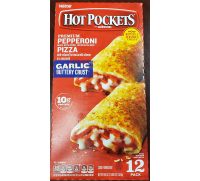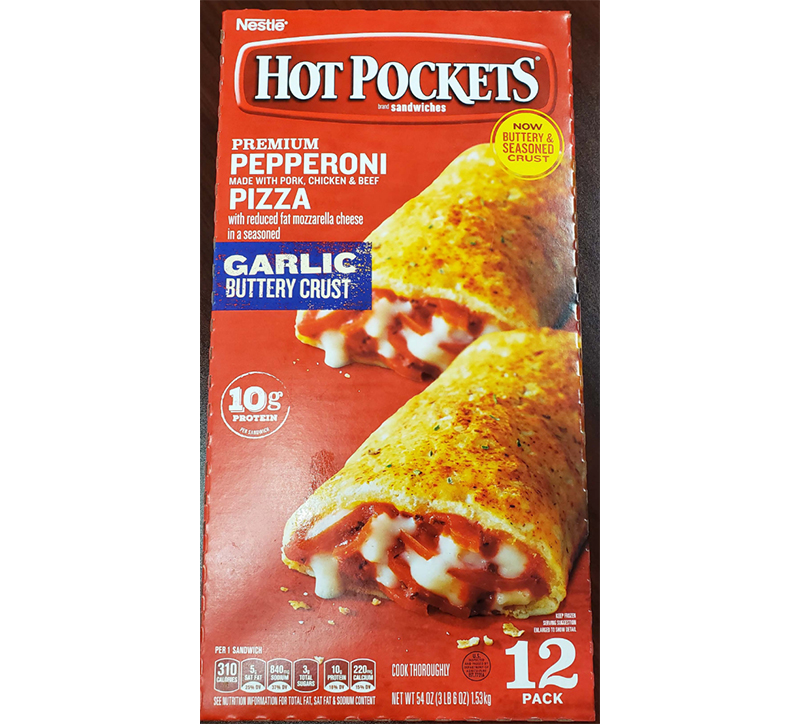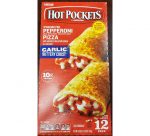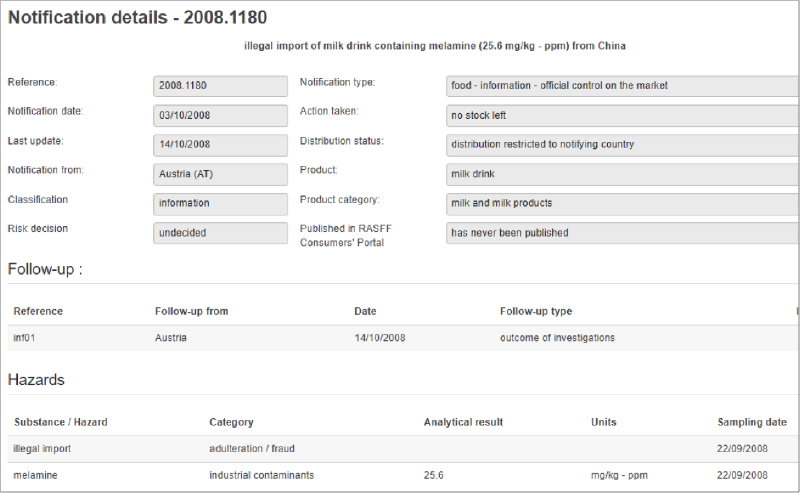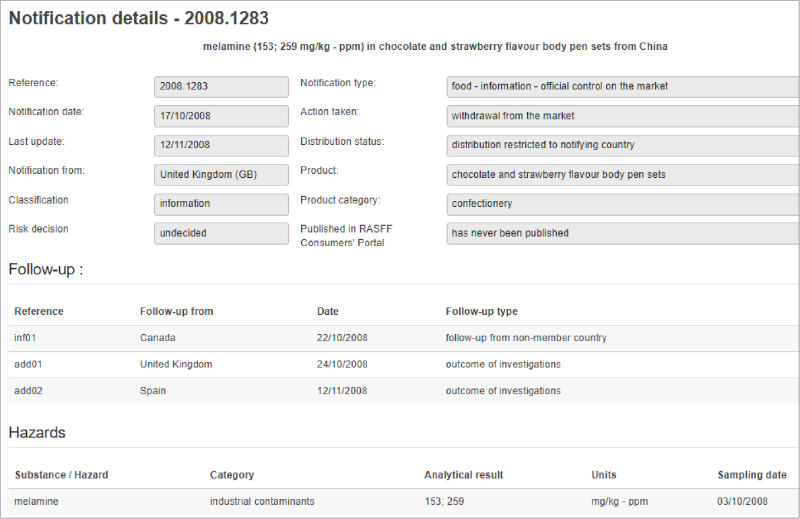As the population continues to grow and the effects of climate change, global warming, pollution and other factors impact humanity’s ability to grow and provide enough food for itself, the concern that the world could run out of food is increasing.. The COVID-19 pandemic has put more focus on how fragile the food supply chain is and how easy it is to disrupt the process of feeding the world. For years, it has been mostly a topic of discussion. But with so many disruptions, it is now an issue that needs to be acted on. Social groups, civic associations, government bodies and food manufacturers have taken notice of the problem and are attempting to get their hands around the issues. One of the key points in this discussion revolves around the amount of food and food sources that will be needed in the future. It always starts with the same question: “Will there be enough food?” Most people immediately say no. But is that 100% true? This is where the debate between food insecurity and food waste begins.
What is Food Insecurity?
According to the Office of Disease Prevention and Health Promotion, food insecurity is defined as “the disruption of food intake or eating patterns due to lack of money or other resources…Food insecurity does not necessarily cause hunger, but hunger is a possible outcome.” The debate about whether there is or isn’t enough food can get pretty contentious. There are many people in many countries that are “food insecure.” The problem in many cases, however, is due to affordability rather than availability. There are distinct issues and differences between availability and affordability. Go to any grocery store or purchasing venue in most developed countries and for the most part, the shelves are well stocked. The obvious conclusion is that there is enough food. However, can the entire population afford that food? Now, go to countries that are not as developed and you would be hard-pressed to find a grocery store that is as well stocked. Even if the population can afford to buy it, there simply is not enough food to buy. The difference between these two scenarios is where the debate begins. People talk about climate change making it challenging to produce enough food to meet the world’s needs, but store shelves in developed countries are full. All the while edible food is getting thrown away and destroyed in ridiculous amounts each day.
The world agrees that manufacturers, governments and consumers have a social responsibility to do their part to combat world hunger. Consumers are becoming more aware of food security and the threat that climate change poses. There are trends supporting sustainability in daily diets, with meals lower in environment impact and awareness of plate portions and food waste. Government agencies are working with manufacturers to resize portions and package sizes to align with scientific research on the necessary amount of food and nutrients needed in diets. Manufacturers and their customers (retail channels) are working more closely to create accurate and realistic “best by dates” to reduce the amount of food that is thrown out as “expired.”
World health organizations are increasing their focus as well. The U.N. World Food Program (WFP) is addressing hunger and emphasizing “food security.” WFP provides 15 billion meals to nearly 100 million people suffering from the effects of life-threatening hunger in over 80 countries. Manufacturers are expanding their participation in this area by increasing and improving donation programs, developing nutritional foods from new sources and incorporating limited perishability to make foods last longer and minimize food waste.
Wasted Food: An Understated and Complex Problem
If you think about it, the two largest consumers of food are garbage disposals and landfills. Both are well fed. Landfills receive both expired food that is not used and consumer food waste. Obviously, garbage disposals are used by consumers for cooked food that is not eaten or saved. I bring this up because it sparks the discussion of defining food waste. People use this term often and many times it is about food that consumers discard. But food waste has multiple categories and mirrors the supply chain. Food waste occurs at the following levels:
- Growers/agricultural
- Supplier
- Primary producer/manufacturer
- Distribution/transportation
- Retail
- Foodservice providers
- The consumer
Approximately one-third of the total food produced globally—about 1.4 billion tons—is wasted. In addition to the loss of a great deal of edible food, there are other consequences to this waste. Food waste and food loss impact climate change, accounting for roughly 10% of the world’s greenhouse gas emissions. Human behavior is a significant contributor to climate change. Luckily, habits can be changed through education, like encouraging composting or recycling. Portion control at restaurants and in the home can make us healthier and also help to reduce food waste. Another trend in recent years is the migration for many consumers to healthier eating. This typically consists of using and consuming fresh ingredients with less processing and chemical additives. These ingredients, however, typically have shorter shelf lives and end up contributing to the growing amount of food waste. Over the last 10 years, food manufacturers, suppliers and the greater agricultural community have focused on efforts to reduce food and other wastes that fall into the sustainability category such as energy, water, materials used in packaging, etc. Food producers have figured out ways to repurpose unused ingredients, by-products and waste. Many sell to farms to be converted to feed and fertilizer. Some is sold to pet and animal feed producers to convert into sellable products. It is actually quite a profitable business for many manufacturers.
Balancing Between Food Insecurity and Food Waste
Analyzing both concepts requires a balancing act. On one hand, you can argue that if you recoup 1.4 billion tons of wasted food, or let’s say, even half of it, we might eliminate the hunger problem. But then consider the issue of food costs. When people go shopping for food, an often-heard comment is, “I can’t believe how much this food costs.” You have said it, and I have too. However, I have spent a significant amount of time in food manufacturing facilities of almost every vertical segment and I have a hard time not saying, “I can’t believe this only costs this much.” The entire process from field to fork for most food items is extraordinarily complex and comes with a wide array of costs. Most food manufacturing businesses are meager margin. They turn a profit but most feel the social responsibility to provide quality food at reasonable prices.
The industry is making significant progress, however, and more can be done. With new technology including IoT, Industry 4.0 and Smart Agriculture, resources such as land, water and space are being utilized much more efficiently to increase supply. This reduces costs. Through the use of technology, farmers are growing healthier more sustainable crops that minimize waste. Food and beverage manufacturers are now using business systems and processes to better communicate with suppliers. Adaptive ERP and integrated business planning are simplifying the supply chain, helping to maximize shelf lives and minimize food waste. As we move into 2021 and beyond, technology and integrated business systems and processes throughout the entire food supply and value chain will help minimize food waste and hopefully reduce costs. This should bridge the gap between food insecurity and food waste.
